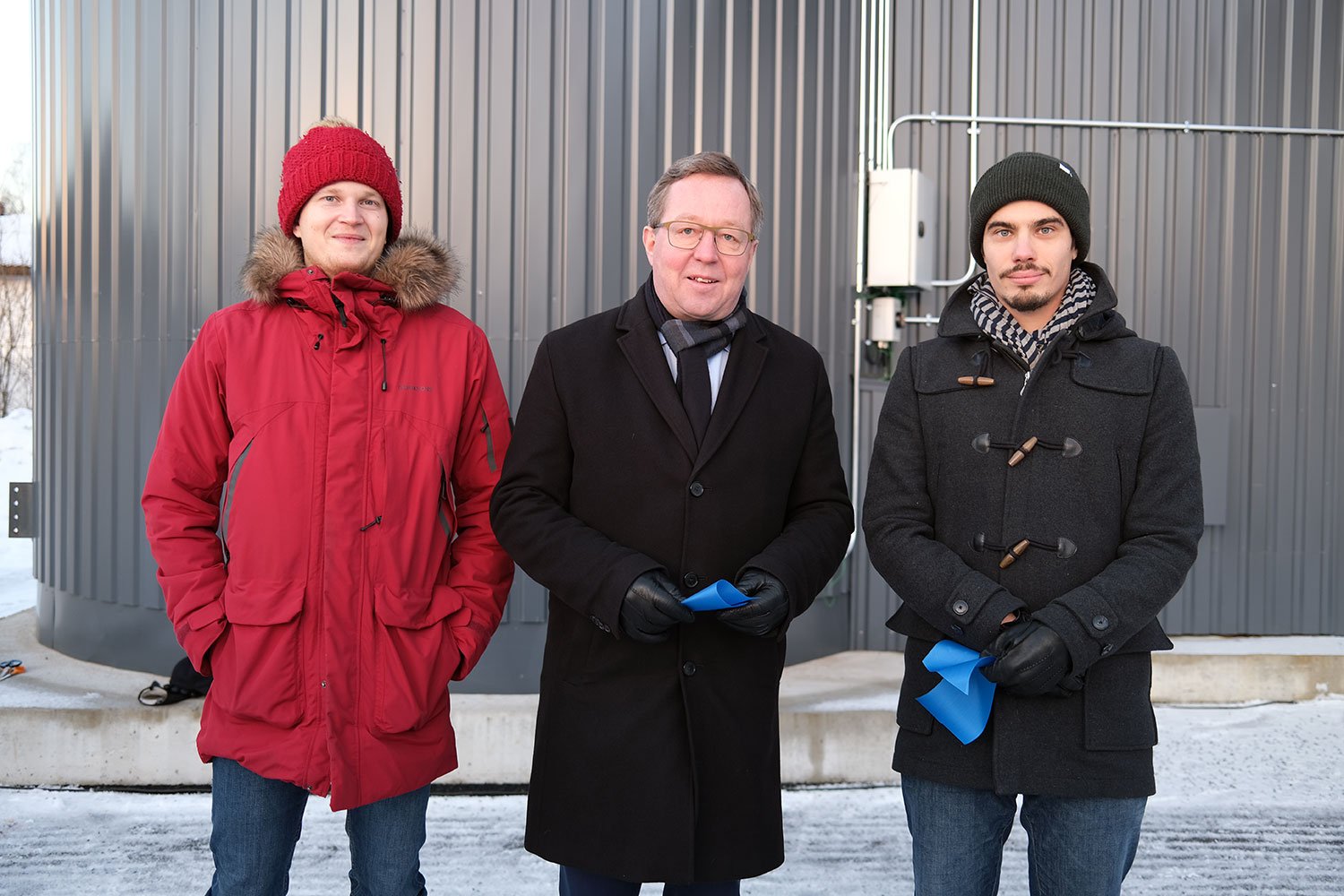mountkay
Camper
~300,000 thousand BTUs
This must be a typo. Pretty sure you ment to say 300 thousand or 300,000. Not 300,000 thousand. That would be 300 million. The equivalent of burning ~15 cords of wood in a day.
So assuming you ment 300k btu/day. Raising 1000cuft of sand 100F equaling 1.8M BTU would give you 6 days of heat.
Lets say you can reasonably do 25' x 25' x 6' sand. Thats 3750sqft. Ill round down to make it 3000sqft. So thats 18 days of heat if you raise the temp 100F. Lets say you raise it 200F, then you have 36 days of heat. A months worth.
It's safe to say that being able to store and then re-use 25% of what you tried to put into storage would be a high assumption
Getting bogged down in the finer points how much R-value isn't going to change it
I think youre selling R-value short.
R-value is usually assuming that at some point you are hitting the atmosphere, where your heat will very quickly dissipate. When you are buried in the ground, you will have the R-value for whatever foam you use for its thickness, but then on the other side of that foam (for 5 sides of chamber) you will have a massive amount of soil and the the r-value it provides.





